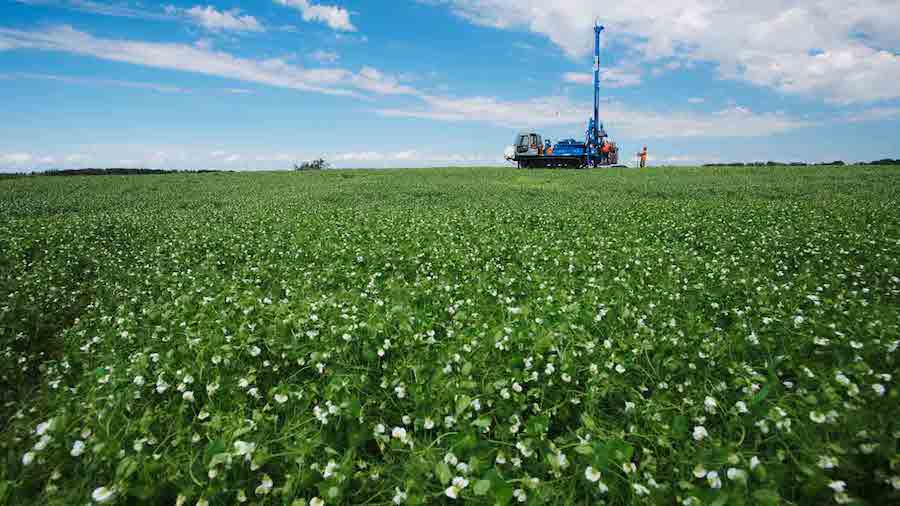BHP (ASX, NYSE: BHP), the world’s largest miner, will decide
whether to go ahead with its long-delayed $17 billion Jansen potash project in
Canada by February 2021, when it reaches 10 years since completing the feasibility
study for the operation.
The company has been mulling a final decision on the asset for at least six years, during which it has spent almost $3 billion laying the ground for crop nutrient-producing project.
BHP has long been eager to enter the potash market to diversify its asset base, currently concentrated around iron ore and copper.
Two shafts have already been sunk, but BHP will have to
invest another $5.3–$5.7 billion to finish phase one construction of the mine,
which the company said would take fewer than 5 years to complete. BHP has in
the past said it would consider selling a stake in the project to share capital
and risk.
Jansen, located in the province of Saskatchewan, is expected to give the company exposure to rising global food demand and represents one of its few big growth prospects.
“Work on engineering to support project planning and on finalizing the port solution is required and the board has approved $144m for these activities,” BHP said on Thursday.
“An additional $201m of funding was approved to further
de-risk the project, focusing on the mine’s scope of work,” it added.
Chief executive Andrew Mackenzie has repeatedly said that a phased expansion of Jansen — which is projected to produce generate 8 million tonnes of potash a year or nearly 15% of the world’s total — is expected to generate competitive returns in phase one, with significant potential upside in subsequent stages.
Great expectations
BHP says it can produce potash for around $100 a tonne at
the mine. In September, potassium chloride (muriate of potash) spot price was
at $266.5 a tonne. That compares to around $400 a tonne when Jansen was first
conceived and record highs more than a decade ago of $870 per tonne.
Some investors have expressed doubts around Jansen, questioning the logic of adding more supply to an already saturated fertilizer market.
The miner expects prices to be much higher by the time supply from Jansen enters the market, sometime after 2025.
Earlier this year, Mackenzie acknowledged it had “overinvested” in the project, but noted it remained a very attractive option for the company.
Some of its shareholders, however, have expressed their doubts about Jansen, questioning the logic of adding more supply to an already saturated fertilizer market.
The deposit can accommodate another three phases — at a cost
of $4 billion each — that would lift annual capacity to more than 16 million
tonnes per year, vastly improving the economics of the project.
BHP has long been eager to enter the potash market in Saskatchewan, diversifying its asset base, which is now concentrated around iron ore and copper, since disposing of its US oil assets.
In 2010, Canada blocked BHP’s $40 billion hostile takeover bid for Potash Corp. (now Nutrien after a merger with Agrium) arguing the company’s mines are strategic national assets.

